A Trip Down Memory Lane With: Hugo The Screen Troll
Ah, Hugo! That brings back some memories. The whole concept of using a telephone to control a game on live TV was pretty groundbreaking at the time. Did you ever play it, or was it more of a nostalgic curiosity for you?
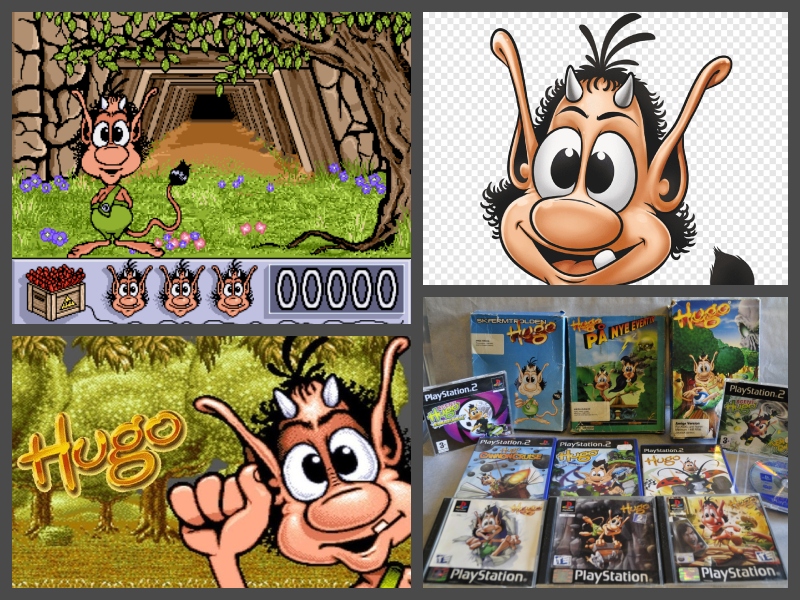
This is a piece I’ve wanted to write for years! Skjermtrollet Hugo / Hugo’s Hule (Hugo the Screen Troll / Hugo’s Cave) played a significant role in my Amiga-filled youth. Interestingly, what fascinated me the most wasn’t just the gameplay but the overall presentation—and perhaps most of all, the fact that Hugo spoke Norwegian.
First Of All, What Is Super OsWALD?
As far as I know, it all began with OsWALD / Super OsWALD, a game designed for live TV broadcasts. The unique control method required players to call in with their household phones; if they got through, the game show host would interview them before they could play. Players controlled the game using their phone’s number pad—though how this worked exactly is a mystery to me, considering the games involved a lot of diagonal movement.
For what they were, the OsWALD games were decent and seemed to have a fair amount of popularity in Denmark. However, while both of these OsWALD games were also released commercially for the Amiga, it never really took off in that market, at least not outside of Denmark, it seems.
But then, Silverrock announced a new contender to the scene—or rather, a troll.
The Troll Appears…

The short answer is likely a combination of its charming graphics, voice acting, and, most importantly, the perfect timing for such a concept.
Silverrock also improved the interface significantly. In Hugo, directional arrows would appear on the screen (some even flashed), showing players exactly which button to press, making it much more intuitive.
Live Broadcasting And Lag…

The Hugo game show aired in over 40 countries worldwide—a remarkable feat. Instead of using a generic ‘troll language,’ Hugo was fully localized for each region.
This clever move made many viewers believe Hugo was from their own country—not Denmark
A Fun Fact About The Hardware Behind The Show: Unsurprisingly, It Was Powered By An Amiga.
For Hugo and its related TV projects, ITE developed a custom-built system called the ITE 3000. This system could convert any push-button telephone’s dual-tone multi-frequency (DTMF) signals into in-game commands, allowing players to control Hugo live from their homes during the broadcast. The setup was quite advanced—and notoriously difficult to use—consisting of two Amiga 3000 computers, a specialized audio control system, a MIDI sampler, and additional custom hardware. The entire system reportedly cost around $100,000.
To accommodate different countries’ telephone infrastructures, some versions had to be modified—Spain, for example, required a customized setup.
Time to talk a bit more about the actual games in my collection now, I think…
Every Amiga Release In One Picture… Or IS IT?
Hugo was originally born on the Amiga, with three full-fledged games released before Commodore went bankrupt. The first two titles were relatively common in Scandinavia, but the final release—simply called Hugo (1994)—was a complete edition that I have yet to see included in other collections.
Recently, I finally managed to secure the Danish box for the first game (huge thanks to Steen!). I’ve had the Swedish and Norwegian editions for decades, so completing this part of my collection was a fantastic feeling. Well, almost—I’m still missing the Finnish, Spanish and German versions, but since I don’t speak those languages, they’re not a priority for me as a fan of the games. That said, I will probably get them if I ever find them.
Ironically, there are actually four boxed Hugo games for the Amiga, not just the three shown here. In addition to the main releases, there was also a separate sequel titled På Nye Eventyr Del 2. All of these games were included in the complete edition pictured on the right (Hugo).
It All Started In A Cave…
As a game, Hugo is quite simple. You begin in a goldmine/cave with a straightforward objective—find your way out. The cave is filled with crossroads, traps, and various obstacles that you’ll need to navigate. You’ll likely find yourself wandering in circles multiple times before finally discovering the way out. Once you escape the cave, you’ll reach a bridge where you’ll need to jump frequently. Interestingly, at this point, the game suddenly requires you to press the FIRE button to jump—the same button you were probably using to bring up the map inside the cave (TV Version only).
You have three lives, and while the game is fairly short, it still offers a decent challenge. Quick reflexes are essential, as you’ll need to press buttons/move the joystick frequently—sometimes reacting to obstacles that are difficult to spot in time. There’s also a score table, so naturally, you’ll want to collect as many points (gold!) as possible along the way.
However, Hugo’s success wasn’t just about the gameplay. What truly set it apart was its presentation—especially the brilliant choice to give the troll a voice. Hugo is constantly talking, cracking jokes, making sarcastic remarks, and even expressing fear or sadness at times. Each of the three Scandinavian versions had different voiceovers, but they all preserved the game’s original charm. That said, I personally believe the Norwegian version even surpasses the Danish one in terms of voice acting (I bet the Danes won’t agree on that, though).
The Hugo Effect: A Decades-Long Impact on My Life
I’ve regretted not buying this game ever since I first saw it in a shop—specifically at BILKA in Denmark during a school trip in 1991. That was the only time I ever came across it, and I still remember the steep price. Had I known then what I know now, I would have bought the entire stock—haha!
I had just been introduced to Hugo a few days before that trip and was already a huge fan. Still, at the time, I assumed that once I finished the game, I’d never play it again (I was 16, after all). How wrong I was…
It became my go-to game whenever friends and family came over. It was always a topic of discussion whenever the TV show aired. Even a decade later, while visiting a friend in Oxford (Hey, Robin Cloutman!), I was reminded of Hugo when I spotted his PS1 copy of Hugo 2. And ever since then, Hugo has remained a regular presence in my life, resurfacing almost yearly—whether through nostalgic play sessions or when introducing the game and its characters to my kids.
Last night, while doing pictures for this post, I introduced my youngest son (5), Phillip, to Hugo for the first time. I now regret not filming it because he was laughing out loud several times while playing the first game. When he found out there were many more games in the franchise, he couldn’t stop talking about it right up until bedtime.
And this morning? The first thing he asked was, “Can we play that troll game again today, Dad?”
Mission complete.
After One Season, New Mini Games Appeared…
Hugo På Nye Eventyr is the sequel to Skærmtrolden Hugo, but due to its size (a total of 11 floppy disks), it was split into two separate releases. This time, Hugo’s journey takes him onto the railroad and into the mountains, but the core gameplay remains the same—reach the end of each stage while collecting as much gold and as many points as possible along the way.
From the very first moment you start this sequel, one thing is immediately clear: everything that made the first game great is even better here. The opening sequence provides a solid backstory, setting up the game’s purpose, while the presentation is polished to near-AAA quality. Everything just works.
The graphics in this installment are even better than in the first game. Hugo has a wider range of facial expressions, more death scenes, and plenty of hilarious animations. The game’s pseudo-3D scalar presentation also gives it a fresh and polished look, making it feel as though it’s running on a much more powerful machine (for its time).
ITE also stepped up their efforts on the audio front, adding significantly more speech and sound effects to enhance the experience.
Both the Railroad and Mountain sections offer enough variety to keep things engaging for longer than the first game. At the same time, they work well as standalone minigames, making it easy to jump between them and the other full Hugo games on the Amiga—a treat for any fan of the series.
The Railroad stage has no time limit, whereas the Mountain section does. That said, neither level is the kind of experience you’d want to pause anyway, as they keep you focused and engaged throughout.
At the end of both stages, you’ll face the final challenge—the evil witch who kidnapped your family in the introduction video. She will present you with a puzzle where you must choose the correct rope to pull. Get it right, and you win the game. Choose wrong… and it’s game over.
And Then There Was Hugo, A Worldwide Release Of Hugo På Nye Eventyr Del 1 and Del 2.
This was the final Hugo release for the Amiga. Up until 1994, some regions outside of Scandinavia had never received a home version of the game—only the TV show, if even that. This was the main reason for this edition’s release. An English version exists somewhere, but I have yet to track one down.
The game spans a whopping 11 floppy disks and has been part of my collection since launch day. Like every other ITE and Silverrock cardboard box, the packaging hasn’t aged well—the build quality was flimsy and never meant to last. That said, the wear and tear at least serves as proof of just how much I’ve played this game over the years—lol.
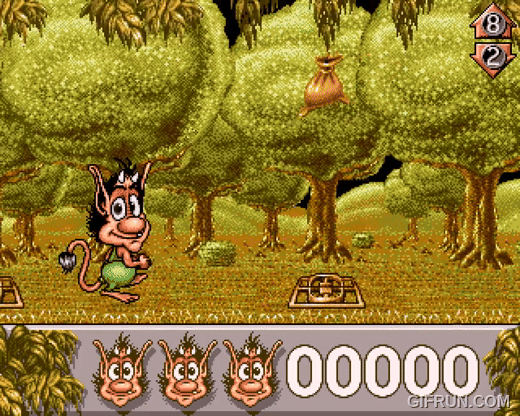
The Foreest, The Plane, The Railroad, and The Mountain are all included in this version, but also both of the endings are included here, which means there is more to see than meets the eye at first.
The Forest is very good looking and is the only Hugo minigame on Amiga where there is a 5-level Parallax Scrolling routine for those of you that love those things (Hey Roar!). Another cool thing was the foreground effects used in this level. nothing mindblowing or anything, but they just show how much love the team put into the franchise.

The Plane level serves as a fitting swan song for the Amiga era, and it works really well. The 3D scalar pseudo-effect looks great here, too. With its large graphics and solid “free” controls, the game feels more open than it actually is. Overall, it’s a refreshing change from the six mini-games that came before it.
Now that I think about it, each Hugo game up until this point was quite different from the others. I believe this diversity is one of the reasons I enjoyed these small mini-games so much, even though they are simple and have limited appeal beyond their casual nature and the live television format they were originally designed for.
The end of the line for the Amiga games went quietly, and I never really thought much about it until I found a new Hugo game in a friend’s (Hey again, Robin!) collection for the PlayStation a couple of years later. More about this story below and how it revived my interest in Hugo again.
Hugo, Welcome To The Next Generation…
I never played Hugo on the PC. I’ve always been—and still am—extremely Amiga-focused, with my motto for most of the time being “Only Amiga!” I did dip into various consoles over the years, eventually landing on the PlayStation in 1995, but I continued using the Amiga alongside it.
In other words, yes, I’m aware that there are plenty of PC games out there, but I’ve never tried them and probably never will—unless, of course, some of them are released for the Amiga (which seems unlikely) or the PlayStation (maybe not so unlikely?). For this write-up, I’ll only focus on the games I own and grew up with.
The PlayStation had no less than five Hugo games (I only own 3 of them), though many people mistakenly think there were only two (several websites are wrong about this, too). This might hint at how well—or poorly—the games performed in terms of sales.
Hugo in 3D Is Not Really What I Wanted…

The first game, Hugo, is essentially a mini-game compilation of the original Amiga titles, but with some added 3D menus and an overall design that’s not as visually appealing, including reworked cutscenes and speech, though unfortunately for the worse.
There are four (Amiga) enhanced classics, as well as four games that never made it to Amiga.
There are also some mini-games here that never made it to the Amiga, which is a great addition for those like me who skipped the PC releases. Most of the graphics from the older games appear to have been “touched up” for the higher resolution and format. Thankfully, all the games remain 2D, and the original charm is still very much at the forefront.
Hugo’s First Winter Adventure?
Back To The Cave Again Hugo!
Hugo 2 for the PS1 is, once again, more of the same. It remains in 2D, but this time, there are no (Amiga) classics to be found. Instead, all the mini-games are either brand new or re-releases from the PC versions released between 1995 and 1998.
This was the game that truly reignited my interest in Hugo. Back in 2002, I first discovered that Hugo had been released on the PlayStation, which came as a big surprise. Even more surprising was that when I started searching for the game back in 2002, I ended up finding (then) four PlayStation titles. How that had managed to slip past me is a bit of a mystery, but then again, I was incredibly busy between 1998 and 2002 with Amiga game development on Wild Flying, along with moving and my work on WHDLoad, Hall of Light, JST, and the Demoscene.
The 3D Hugo Games…
These days, PlayStation graphics like these might not seem impressive, and I agree—the 3D Hugo games have aged quite poorly compared to the original 2D titles. Because of that, I won’t be spending too much time on them in this article. However, I still think they’re worth mentioning, as they were solid fun back in the day. The Hugo 3D titles likely found a decent fan base at the time, thanks to their Crash Bandicoot-style gameplay and mechanics.
Ironically, there were even two more Hugo games released for the PlayStation between 2000 and 2003: Hugo: The Quest for the Sunstones and Hugo: The Evil Mirror. Unfortunately, I have yet to track down a Norwegian version of these games.
THE PS2 ERA, HUGO LOST HIS SOUL…
There are many Hugo games on the PS2 as well, some rather good ones, some not at all, the games were either Crash Bandicoot “clones” or mishmash of vehicle driving and platforming, some of them feels a bit too much like a Ratchet & Clank wannabe (but without the good stuff) but, sadly it seems this is where the adventure of Hugo ended on PlayStation for now and it has to be mentioned that Silverrock / ITE closed down in 2010, the last Hugo game that came out on PS2/PC was not even made by them as rights to the Hugo franchise was sold to Krea Medie A/S in 2008.
Sadly, most of the stuff that made me love the originals is gone in these “much more playable and longer 3D games” (if that even makes sense)…
There is at least one Hugo game that I am still missing on PS2 (seems my collection is missing a lot of titles after all 😛 ) – Agent Hugo: Hula Holiday (2008), not exactly sure why I haven’t got a Promo version of that since ITE sent out promos for the rest of the games to me, I can’t remember but most likely the reason is that I had moved away from PS2 at that point and the only reason I got the last game (Magi I Trollskogen) is simply because it showed up in a bargin bin for 10,- Norwegian Kronor (that’s like a dollar) at a local game shop here.
This blog has been a ride like no other- incredibly long and containing a lot of details, but at the same time, I feel that it’s missing lots. Was it worth it? Well, that depends on what you guys think of it, I guess. My love for Hugo is huge, and for all I know, I might be the only one who thinks of him as highly as I do. There’s something about this troll that I just can’t let go of, and now I have one goal: to show the rest of the games to my youngest son.
Thanks for your precious time.
Follow Us... Inspire Us To Get Better... Keep The Flame Alive

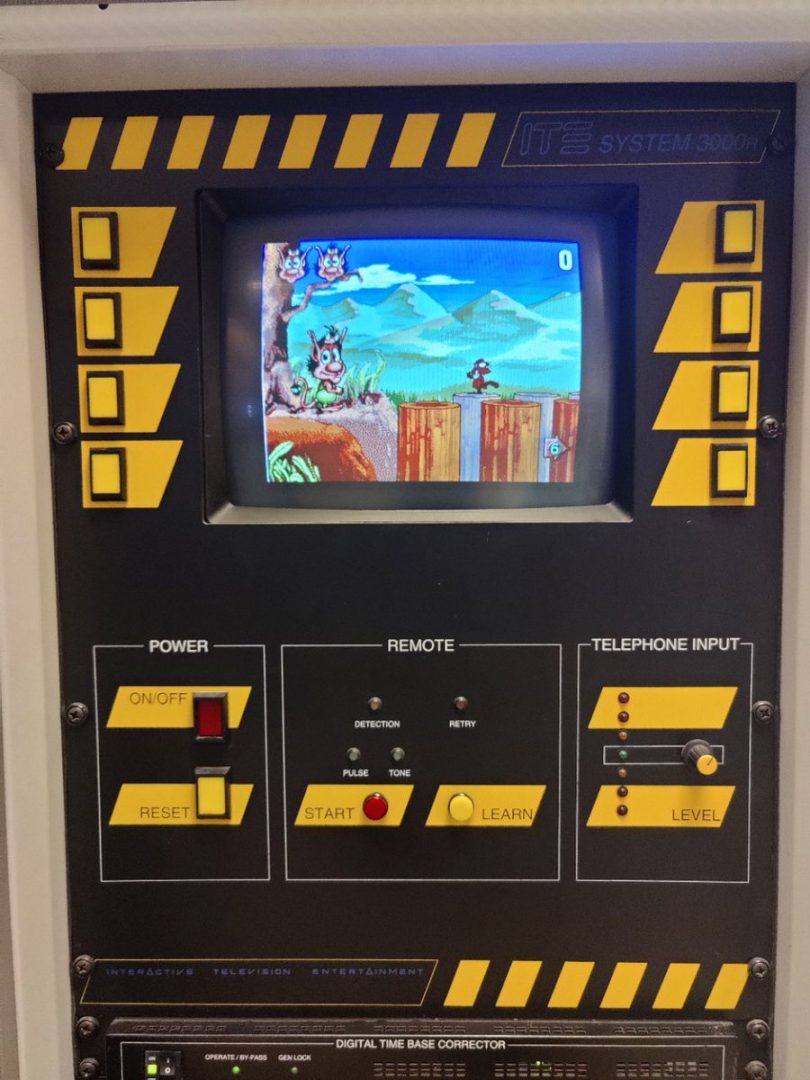









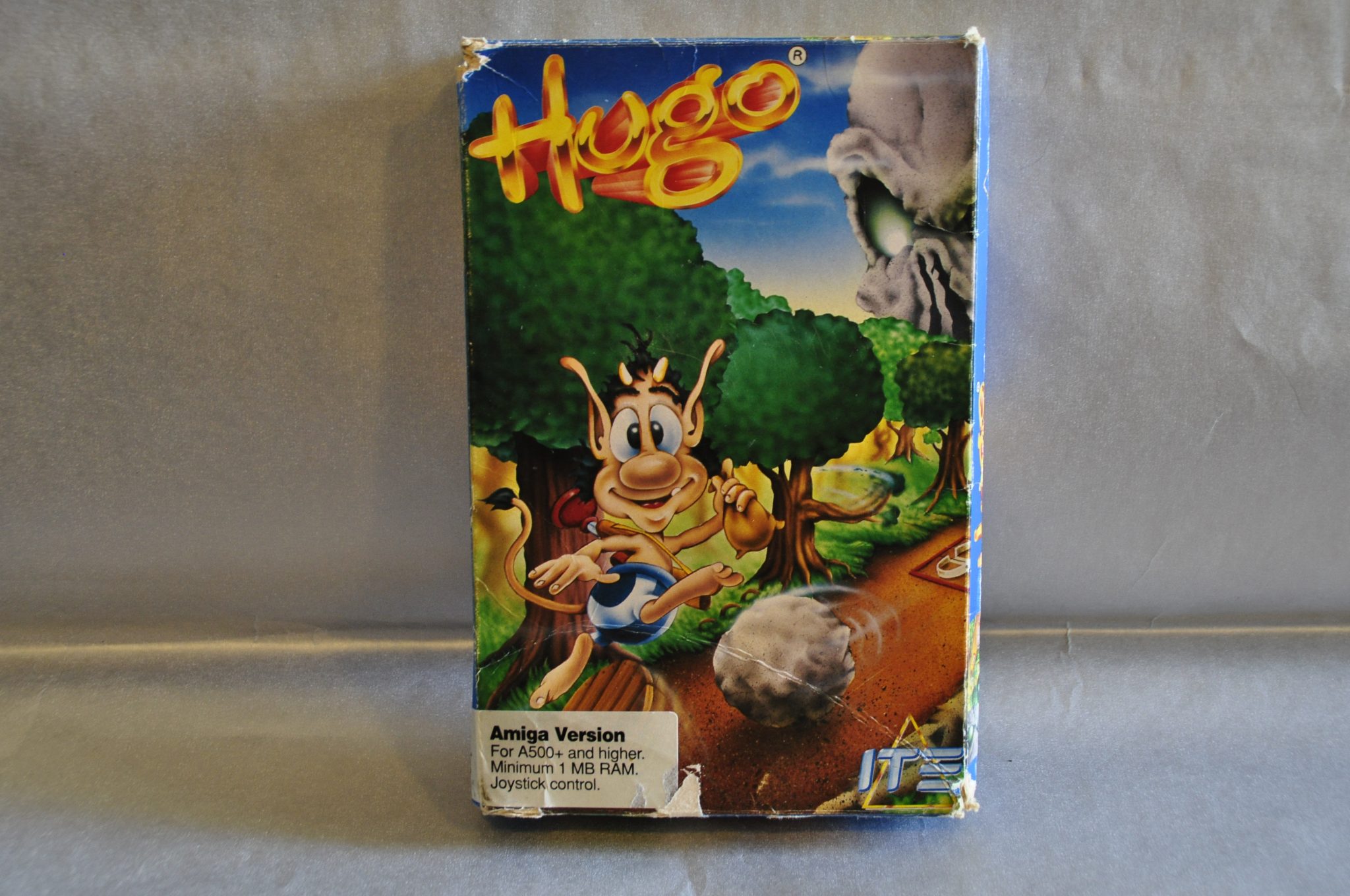

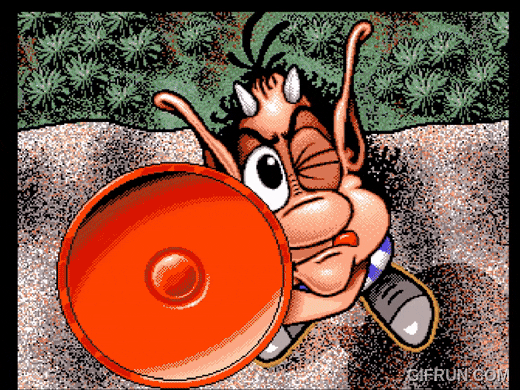





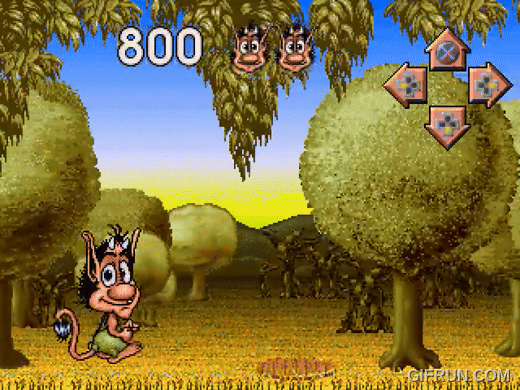








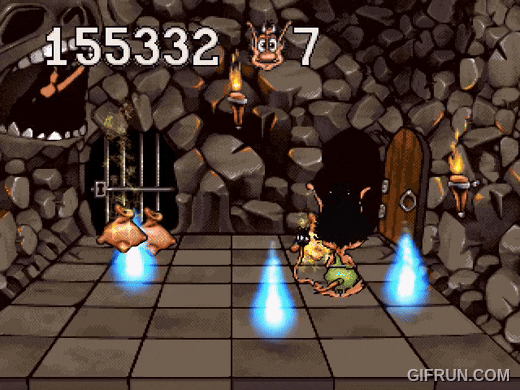



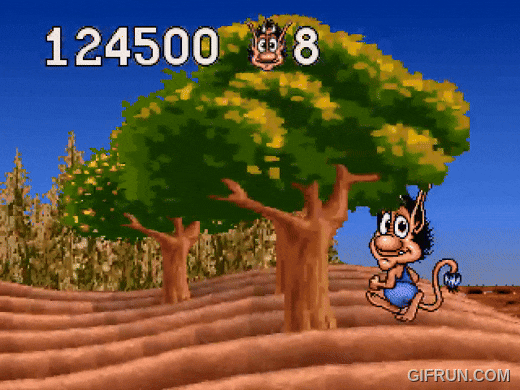



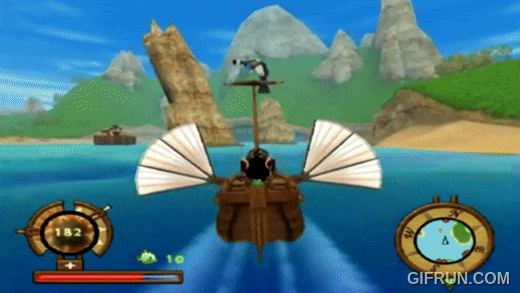



This was a nice surprise! I have only read to the part where Philip wanted to play the “the troll game” does that mean he has had enough of Astro Bot? 😉 I will be back with more comments after i have read the entire article! 😉
He still play Astro bot…he still Youtube Astrobot…. I try to show hom other stuff 🙂
Great article my friend. I was not a massive fan am afraid, but I really was impressed by the gfx and animation and even though I love parallax (as you mentioned 😉) i never played it much. But maybe I will like it today, who knows! Thanks again mr Tony!
Well it was a guilty pleasure for sure… 🙂
Good game, no but huge sprites, lovely gfx and it was a tv show ran by Amigas…whats not to like 😂
I can recommend the TV show called “Loading – historien om Danmarks spilpionerer”. They talk about Hugo and Sword of Sodan (they never talk about Battle Squadron unfortunately though).
Wow, thanks a lot. Will check it out!